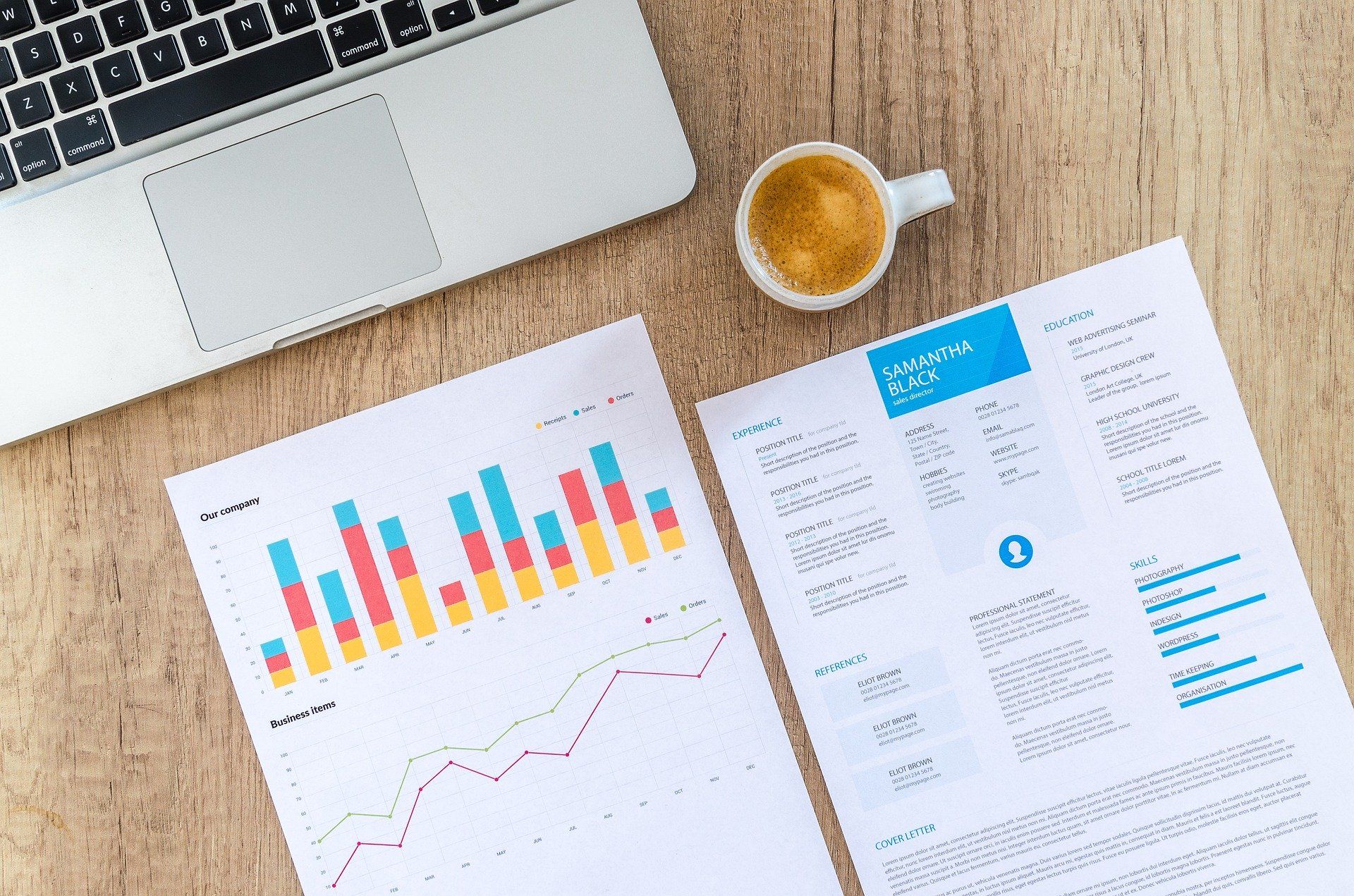During my work, many have asked the following question, in one form or another.
“How can I score quick wins from my existing data?”
It is a reasonable question, given that many organizations have spent tons of money on infrastructure and collected much data. My answer is :
“Data Visualization.”
Many of us, unfortunately, have come across bad visualizations that make us cringed. Examples are bright colours, over-detailed graphics with no focus, visualizations that are not self-explanatory and waste the audience’s time trying to understand them. If you think about it, we have come across lots of bad visualizations and good visualizations are few and far between.
Why Visualization? Why is it important?
According to Wikipedia, the definition of data visualization is “graphic representation of data“. “Well, we have been doing pie charts, line charts and bar charts for a long while already … why is it important NOW?”
Data visualization is more important now because of the following trends. Firstly, we are collecting more data. Data which used to be able to fit easily into Excel has now expanded to millions of rows. Secondly, data is getting more granular. Ever been to a convenience store these days and bought milk? In the past, you probably had to make a simple decision between whether it is full-cream or low-fat milk. Now, besides full-cream or low-fat, you have to think about whether you want UHT, high-calcium etc.
As business reliance on data to make better decisions grows stronger, sieving out the signals from the data is going to get more important and well-designed visualization will be an important tool to sieve out these signals efficiently.
How to Build a Good Visualization?
All of us can easily evaluate whether a visualization is good or bad. But how do we build a good visualization? I have benchmarks that I set to help me with that. Let me share them briefly here.
A good visualization is one which if you came back to a few days since building it, you still understand VERY EASILY (and immediately) what insights you were trying to present. How many of us have seen presenters who looked at their visualization and said, “Hmmm…what is it that I want to share here?” If the presenter, who had seen the data and created the visualization, could not understand/remember what they wanted to present, the audience definitely cannot not be expected to understand the points the visualization intended to accentuate.
Secondly, if your audience is asking more questions on how to understand the visualization rather than asking for more information on the points presented, then you have a bad visualization on hand. For instance,
“What does the blue color represent?”
versus
“What are the assumptions made when you calculate the average?”
The former is an attempt to read the visualization while the latter is an attempt to explore the insights presented further.
From conducting many trainings and assessing visualization projects, I have distilled the following points for building better visualizations.
- Design Thinking – “How can I present more dimensions without crowding the visualization with more details?”
- Empathy – “How will my audience see my visualization?”, “What stands out from the visualization (i.e. what features of the visualization capture my attention immediately)?
- Planning & Experimentation – “Who are my target audience?”, “Will adding a reference line or colour show which category is above average?”
- Storytelling – “After I have shown this visualization, what will my audience like to know next? Which rabbit hole should I bring them towards, what can add value to my audience?”
A good visualization tells a main story point and contextualizes the main story point. It requires a lot of design thinking and good design thinking starts with understanding your audience.
Conclusion
Creating visualizations that can continually give the “Aha” moment is never easy and it comes with practice and the willingness to take in feedback. Having said that, this is still the route to scoring quick wins from your existing data. I strongly encourage readers to start their learning journey in data visualization and get better at it. To conclude, I would like to share a quote here.
Good visualization requires ten minutes of planning and creating but ten seconds to understand.
Bad visualization requires ten seconds of planning and creating but ten minutes to understand.
Hope this post is useful! Do keep in touch on LinkedIn or Twitter, else subscribe to my newsletter to find out what I am thinking, doing or learning. Have fun in your data science journey!
